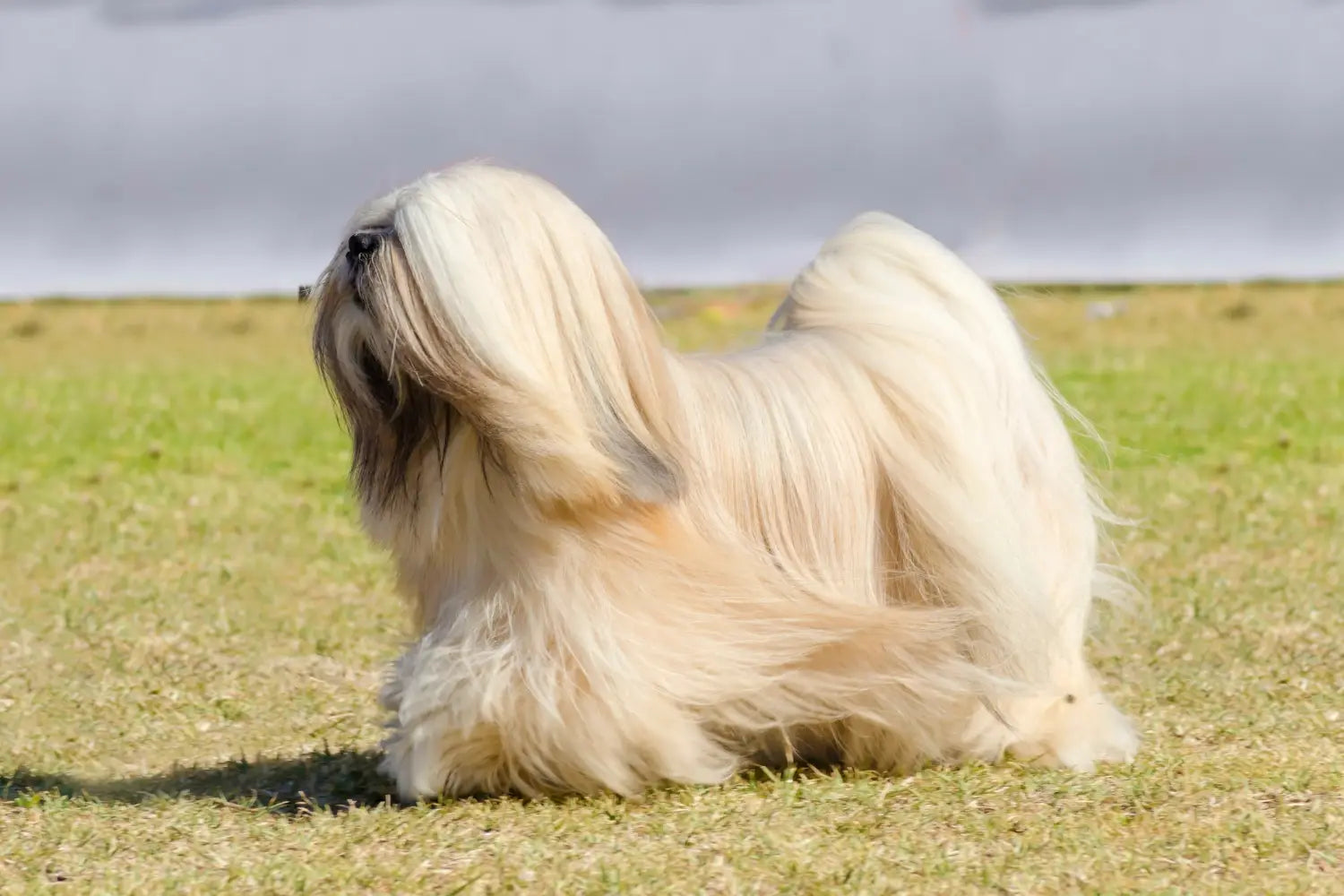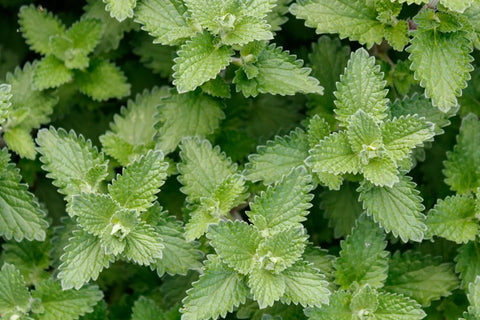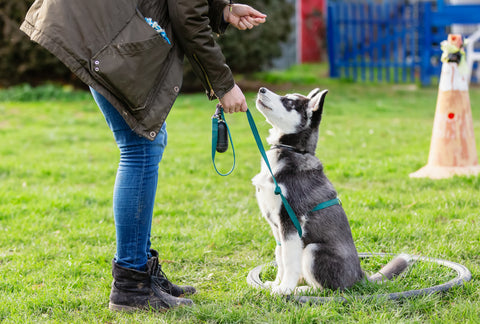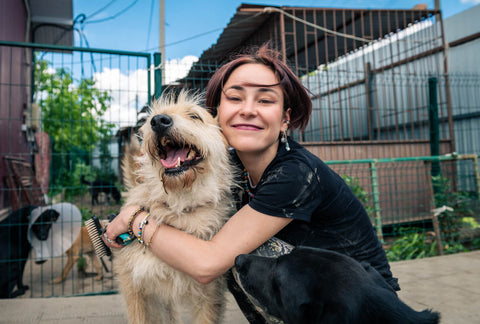
Welcome to our quick guide on the Lhasa Apso, a charming and distinctive breed that captures the heart of anyone fortunate enough to share their life with these Tibetan pups. The Lhasa Apso boasts a rich history as a loyal companion and a guardian of ancient monasteries.
Today, they continue to enchant families worldwide with their unique appearance, endearing personalities, and admirable watchdog qualities. We'll delve into the intriguing history of the Lhasa Apso, explore their distinctive breed profile, and provide valuable insights into their care and companionship.
What Is the History and Origin of Lhasa Apsos?
Originating in the Himalayan mountains, this breed was revered by Tibetan monks and even graced the presence of the 13th Dalai Lama.
Serving as Bark Lion Sentinel Dogs, Lhasa Apsos held the vital role of guarding sacred monasteries due to their innate watchdog instincts. Their dense, long coats were not only a source of warmth but also a symbol of prestige.
This breed made its way to the Western world thanks to the efforts of individuals like C. Suydam Cutting. Their journey from the tranquil monasteries of Tibet to the homes of families in the US reflects their enduring appeal and adaptability as companion animals.
Today, they are beloved not only for their heritage but also for their friendly demeanor and unmistakable appearance.
Lhasa Apso Breed Profile
Lhasa Apsos are instantly recognizable with their striking appearance. These small dogs, belonging to the Terrier Group, have an elegant long coat that requires regular grooming to prevent matting.
Their parti-color patterns add a touch of uniqueness to their already captivating look. With a lifespan typically ranging from 12 to 15 years, Lhasa Apsos are known for their longevity.
Beyond their appearance, these dogs possess an energy level that suits both apartment dwellers and those with more space. They make excellent family pets, known for their loyalty and gentle nature, particularly when raised with early socialization. While they may be small, their hearts are large, and they take their role as watchdogs seriously.
What Are Common Health Problems for Lhasa Apsos?
While these dogs are generally known for their robust health, some breed-specific issues require attention. One such concern is hip dysplasia, a condition that affects their hip joints. Routine check-ups and a balanced diet can help mitigate this risk.
Another issue to watch out for is progressive retinal atrophy (PRA), a genetic condition that can lead to vision loss. Regular eye examinations by a veterinarian can help identify and manage PRA in its early stages.
Additionally, Lhasa Apsos are prone to dry eye and cherry eye, both of which can be addressed with proper veterinary care.
Early Socialization and Training
Early socialization and training are key components of raising a well-rounded Lhasa Apso. Though inherently friendly, these dogs can benefit greatly from exposure to different people, animals, and environments from a young age.
Being watchdogs by nature, this exposure helps them develop into confident and well-adjusted adult dogs. Positive reinforcement training methods work exceptionally well with Lhasa Apsos, as they respond positively to praise and treats.
Consistency is essential in training, and it's important to establish clear boundaries without resorting to harsh discipline. With proper socialization and training, Lhasa Apsos can thrive as obedient and sociable companions for the entire family.
Are Lhasa Apsos Good Family Dogs?
Lhasa Apsos are not only known for their striking appearance and unique history but also for their remarkable suitability as family pets. Their small size makes them adaptable to various living spaces, whether you reside in a cozy apartment or a spacious home with a yard.
Their watchful nature, stemming from their history as sentinel dogs, makes them excellent watchdogs, alerting you to any potential intruders. Yet, beneath their protective instincts lies a gentle and loving heart, making them wonderful companions for children and other pets.
How Do I Groom a Lhasa Apso?
Grooming plays a vital role in caring for your Lhasa Apso, and it's a hallmark of their distinctive appearance. Their long, flowing coat is a true beauty but also requires regular attention to keep it in top condition.
The Puppy Cut is a popular grooming choice for Lhasa Apsos, which involves trimming the coat for a more manageable length. This reduces matting and gives your Lhasa Apso a neat and adorable appearance.
Matting is a common concern due to their long hair, but it can be minimized with a consistent brushing routine. Brushing a few times a week keeps their coat tangle-free and strengthens the bond between you and your furry friend.
Additionally, routine check-ups with a professional groomer can help maintain the health and cleanliness of your Lhasa Apso's coat.
How Much Exercise Do Lhasa Apsos Need?
While Lhasa Apsos may have an elegant and regal appearance, they also have their exercise needs. These dogs may be small in stature, but they possess ample energy and enthusiasm.
Daily walks and playtime in a secure yard provide the necessary physical exercise. Engaging in interactive games and puzzle toys can satisfy their mental stimulation needs, preventing boredom and destructive behaviors.
Although they're not herding dogs, Lhasa Apsos still appreciates tasks that challenge their intellect. Incorporate obedience training into their routine to enhance their mental acuity and strengthen the bond between you and your pup.
An active mind is key to a happy and healthy Lhasa Apso, ensuring they remain both mentally and physically stimulated.
What Should I Feed My Lhasa Apso?
When it comes to feeding your Lhasa Apso, providing a nutritious diet is essential for their overall health and well-being. Offering a balanced and high-quality diet is important to keep them happy and thriving.
A Pup Above is specially crafted to meet the nutritional needs of small dogs like Lhasa Apsos. What sets it apart is the unique cooking method used — sous vide. This technique involves cooking the food slowly in vacuum-sealed bags at low temperatures.
We take it a step further by using bone broth as a base during the cooking process. This not only enhances the flavor but also provides additional nutrients and supports your pup's joint health.
A Pup Above is a delightful option, even for picky eaters like the Lhasa Apso. The combination of sous vide cooking and bone broth makes the meals incredibly appetizing, ensuring your Lhasa Apso will enjoy every bite. Remember to consult your veterinarian to establish the right feeding routine and portion sizes for your furry friend.
Lhasa Apso in Comparison With Other Tibetan Breeds
In the realm of Tibetan dog breeds, Lhasa Apsos stand out as distinctive and delightful companions. While they share their Tibetan heritage with breeds like Tibetan Terriers and Mastiffs, Lhasa Apsos have a unique charm and personality that makes them truly exceptional.
Compared to Tibetan Terriers, Lhasa Apsos are generally smaller and known for their long, flowing coats, whereas Tibetan Terriers have a distinct shaggy appearance. Both breeds share a history rooted in the Tibetan Himalayas but serve different roles, with Lhasa Apsos excelling as watchdogs and companions.
In contrast to the imposing Mastiffs, Lhasa Apsos belong to the smaller and more manageable category of small dogs. They may lack the physical size of Mastiffs, but their big hearts and keen senses more than compensate for their smaller stature.
Embrace the Lhasa Apso: A Heartwarming Addition to Your Family
The Lhasa Apso is a remarkable breed that embodies a unique blend of history, charm, and loyalty. From their origins as guardians in the monasteries of Tibet to beloved pets, Lhasa Apsos have captured the hearts of dog enthusiasts worldwide.
With their striking appearance, watchdog instincts, and gentle demeanor, they are well-suited to both individuals and families. Caring for a Lhasa Apso involves attention to their grooming needs, exercise requirements, and early socialization.
By embracing these aspects of care, you can ensure that your Lhasa Apso thrives in your home. Remember that finding a reputable breeder is paramount to providing your dog with a happy and healthy start.
As you embark on your journey with a Lhasa Apso, keep their rich history and the values of the breed in mind. Cherish the moments of companionship, loyalty, and affection that they will undoubtedly bring into your life.
With responsible ownership and a deep appreciation for this unique breed, your Lhasa Apso will become a cherished member of your family. Learn how to care for your Lhasa Apso with support from A Pup Above today.
Sources:
Himalayas Facts | Nature | PBS
Know your gompas: a Lonely Planet guide to Tibetan Buddhist monasteries
Canine Hip Dysplasia - Texas A&M Veterinary Medical Teaching Hospital
Progressive retinal atrophy | Cornell University College of Veterinary Medicine
















